HMA Groupe Construction
© 2021 HMA GROUPE CONSTRUCTION. All rights reserved.
INTERIOR SYSTEMS
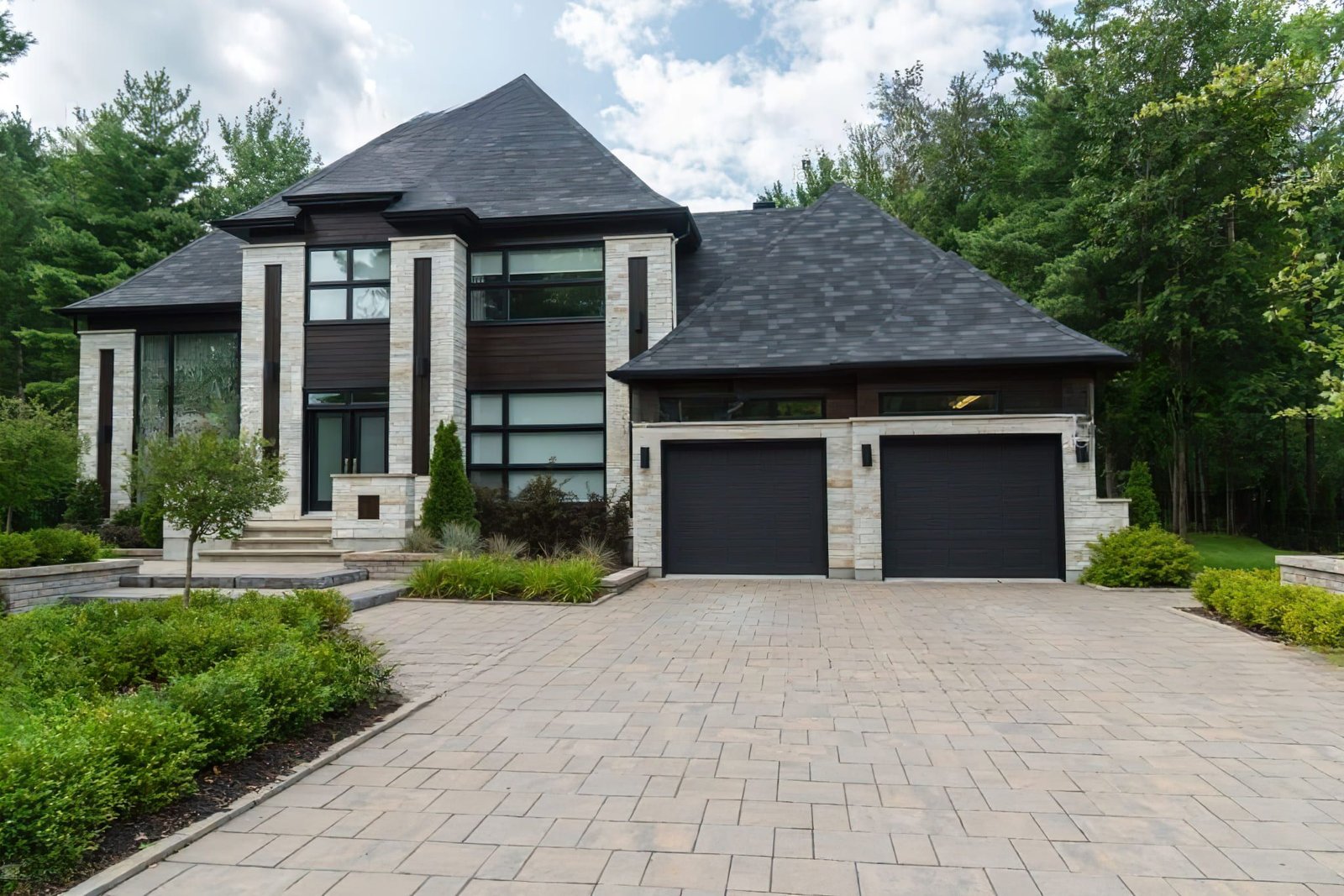
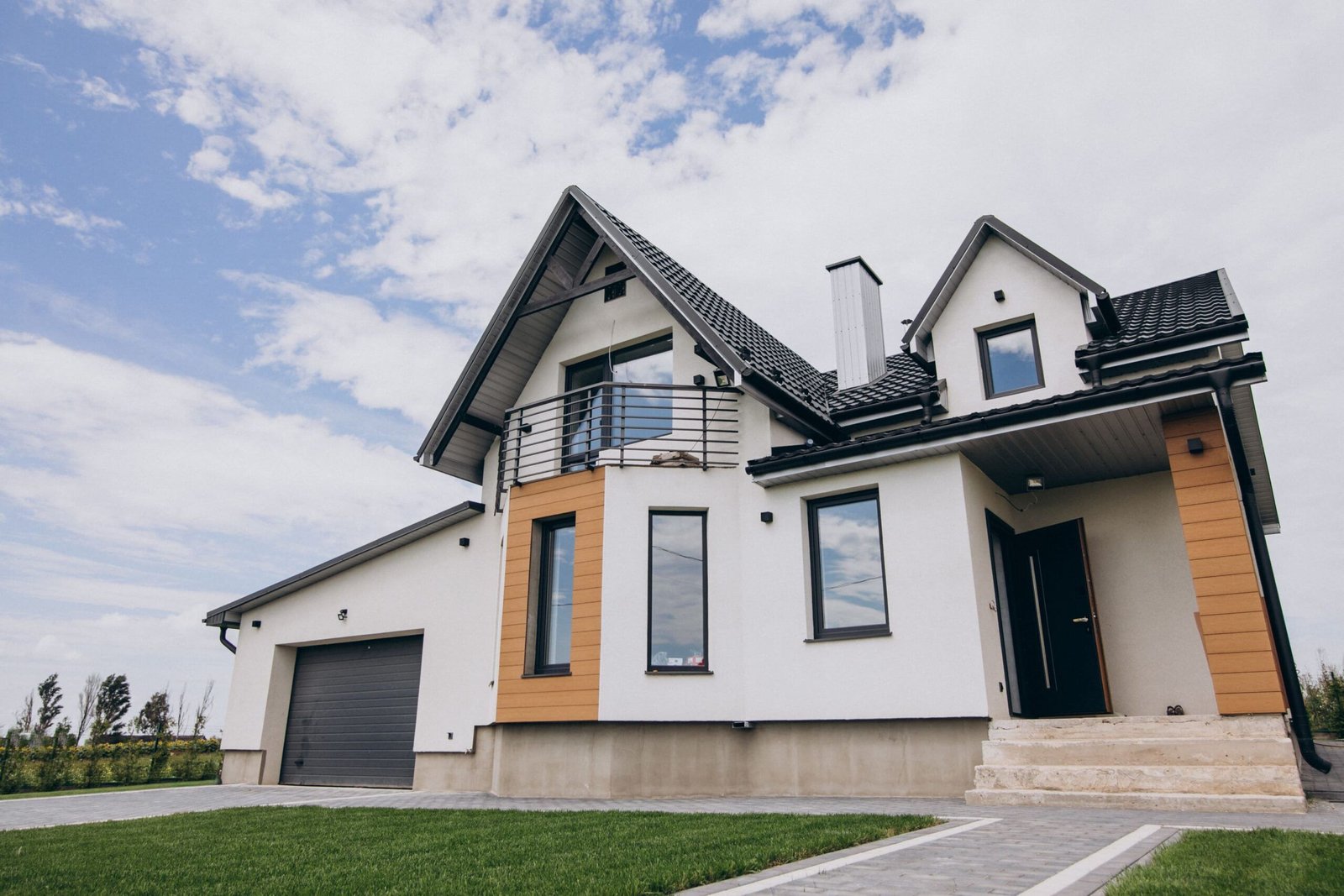
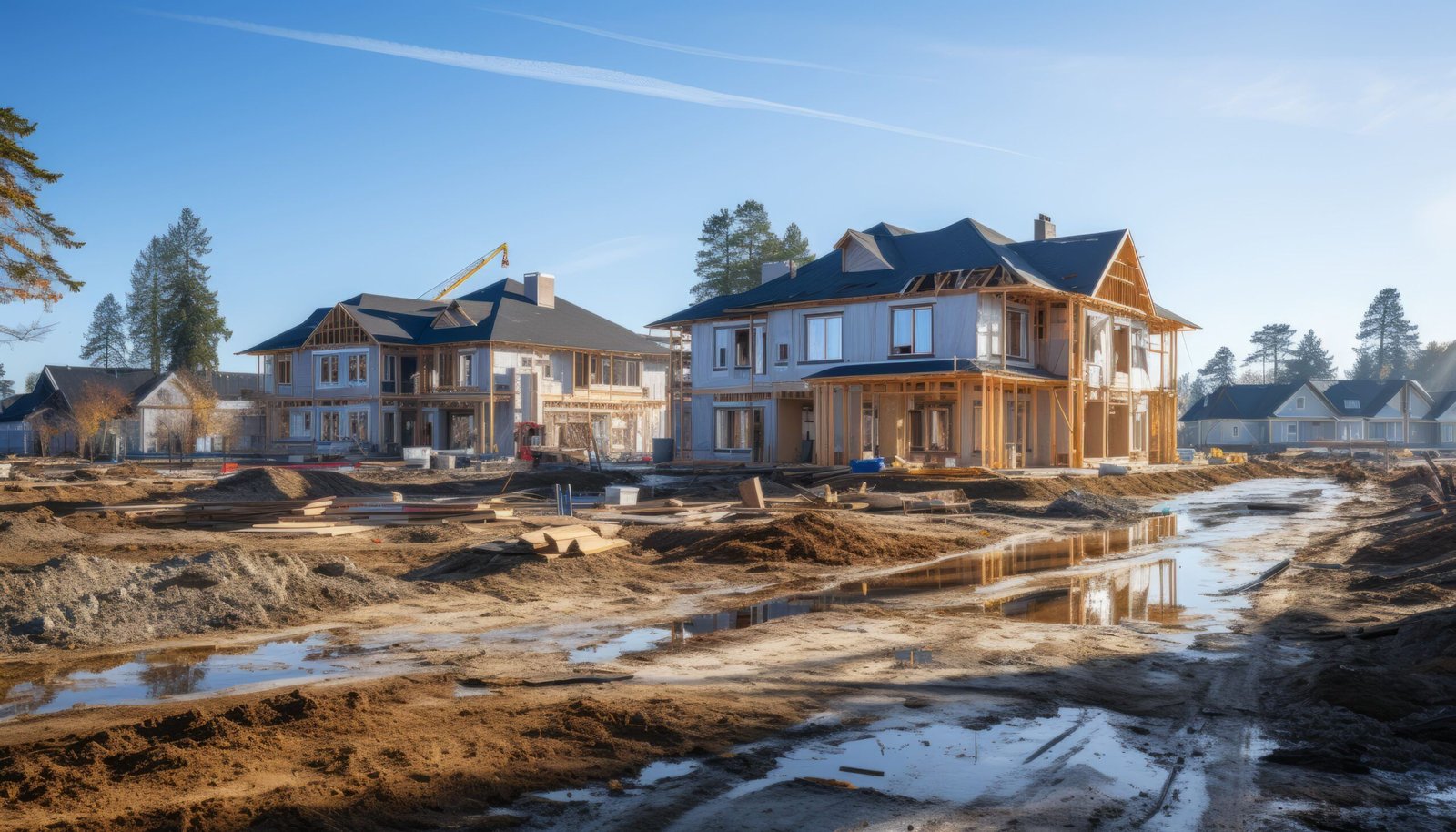
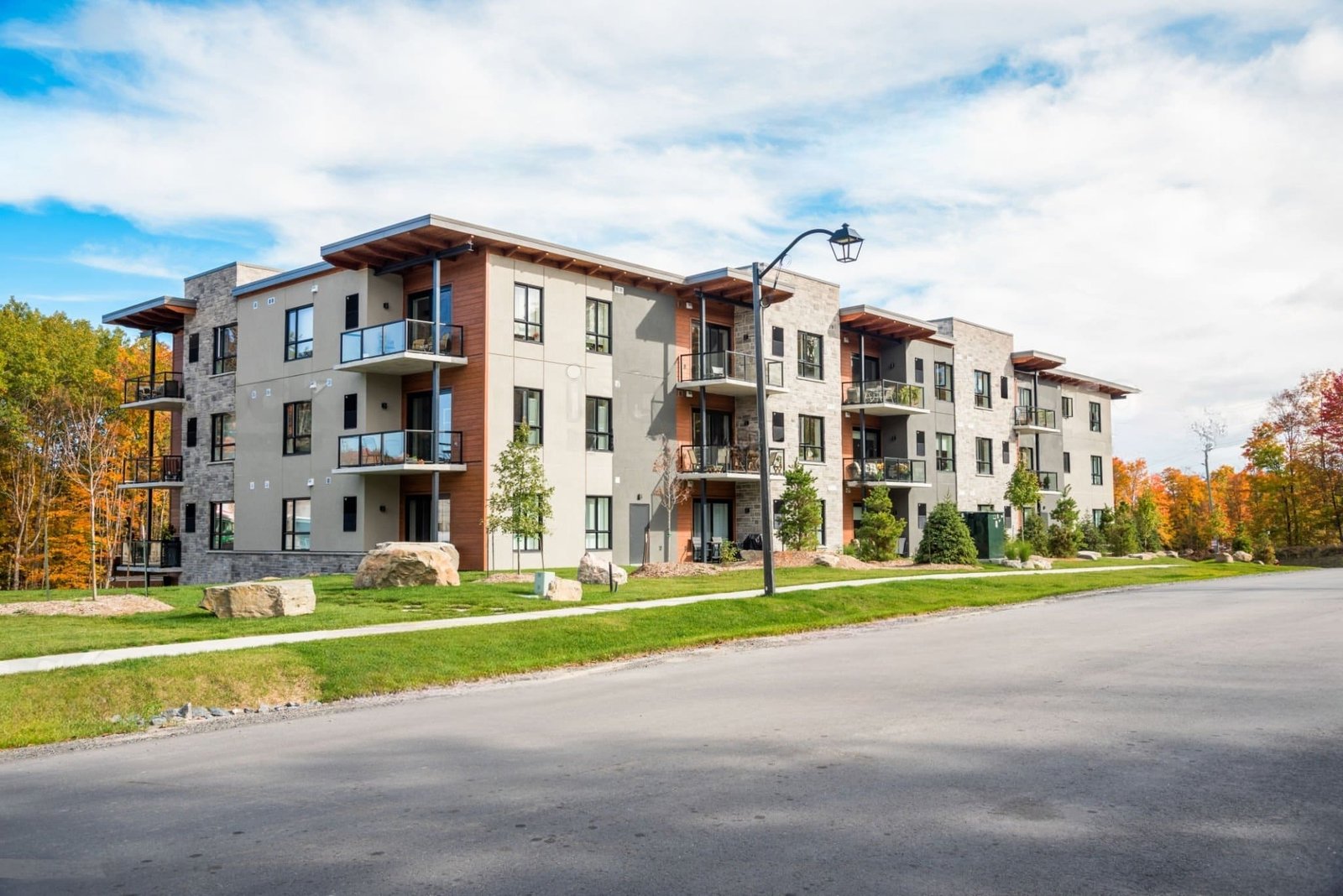



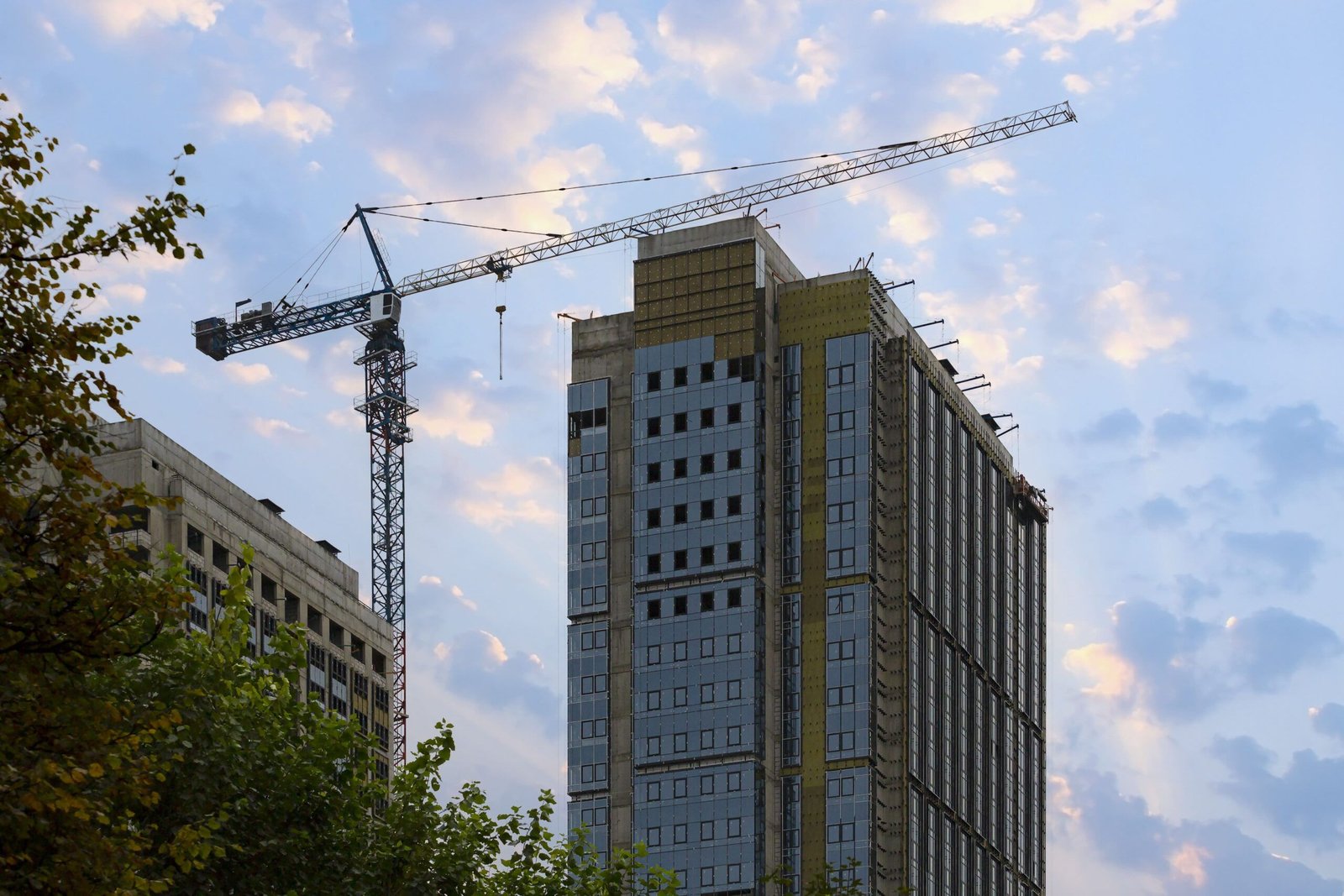
INTERIOR SYSTEMS
The installation of the interior systems consists of all interior components such as erecting Exterior and Interior walls, partitions, suspended ceilings, Plastering, painting, moldings, doors but also focuses at the work of insulation and soundproofing.
1. Metal Framing: Metal framing for drywall is typically constructed using steel or metal studs and tracks. These studs and tracks come in various sizes, shapes, and gauges, depending on the specific project requirements. Common types include drywall studs, top tracks, and bottom tracks
2.Insulation and vapor: Drywall insulation, also known as wall insulation or interior insulation, refers to the process of insulating the interior walls of a building with various materials to improve thermal efficiency, soundproofing, and overall comfort.
3.Drywall installation: Is a fundamental and essential step in the construction of interior walls and ceilings in residential and commercial buildings. Also known as gypsum board or sheetrock installation, it involves the attachment of large panels to the framework of the building. Drywall provides a smooth, paintable surface, and it can be used for walls, partitions, and ceilings.
4. Tapping: To create a seamless surface, the joints between drywall panels and the screw or nail indentations are covered with joint compound (mud). Special paper or fiberglass tape is embedded in the wet compound to reinforce the joints. This process is known as taping and mudding. Multiple coats are applied, and the compound is sanded between coats to achieve a smooth finish.
5. Painting: Drywall painting is a crucial part of the construction process that adds the final aesthetic touch to interior walls and ceilings in residential and commercial buildings. It involves applying paint or other wall coverings to create a finished and visually appealing surface.
Key Components of Metal Drywall Interior Systems:
- Metal Studs: Metal studs, typically made of steel, are the vertical and horizontal members of the framing system. They come in various sizes and gauges, with common widths of 3 5/8 inches (92 mm) and 6 inches (152 mm). The choice of stud size depends on the specific requirements of the project.
- Track: Tracks, also known as runners or channels, are horizontal metal members attached to the floor and ceiling. They serve as the top and bottom plates of the framing system, providing structural stability.
- Fasteners: Self-drilling screws or pins are used to attach drywall panels to the metal framing. These fasteners must be corrosion-resistant to ensure long-term performance.
- Clips and Connectors: Various clips and connectors are used to join and secure metal studs and track members, providing stability and load-bearing capacity.
- Bridging and Bracing: Additional metal components such as bridging and bracing are employed to enhance the structural integrity of the framing system. Bridging runs diagonally between studs, while bracing provides lateral support to prevent twisting and buckling.
Installation Techniques:
The installation of metal drywall interior systems involves several technical steps, including:
- Layout and Sizing: Precise layout and sizing of the metal studs and track are essential to ensure proper alignment and structural integrity.
- Cutting and Assembly: Metal studs and track members are cut to the required lengths and assembled to form the framework.
- Fastening: Fasteners are used to secure the drywall panels to the metal studs, ensuring they are properly aligned and spaced.
- Bridging and Bracing: Bridging and bracing components are installed as needed to meet structural and seismic requirements.
Technical Considerations:
- Fire Resistance: Metal framing systems can be engineered to meet specific fire resistance ratings, contributing to the overall fire safety of the structure.
- Sound Control: Metal framing can be combined with sound-deadening insulation to enhance acoustic performance, reducing sound transmission between spaces.
- Load-Bearing Capacity: The choice of stud size and spacing is determined by the expected loads, including the weight of the drywall and any additional fixtures or structural requirements.
- Seismic Performance: In regions prone to earthquakes, metal framing systems may incorporate specialized fastening and bracing methods to enhance seismic performance.
- Thermal Bridging: Metal framing has a higher thermal conductivity compared to wood, which can lead to thermal bridging. Proper insulation and barrier systems should be considered to address thermal performance.

Contact Us:
Ready to enhance the Interior systems of your property? Contact HMA Groupe Construction today to schedule a consultation. We offer personalized assessments, detailed quotes, and customized solutions to bring your vision to life. Call us or fill out the contact form on our website. We look forward to assisting you in transforming your property’s exterior.

